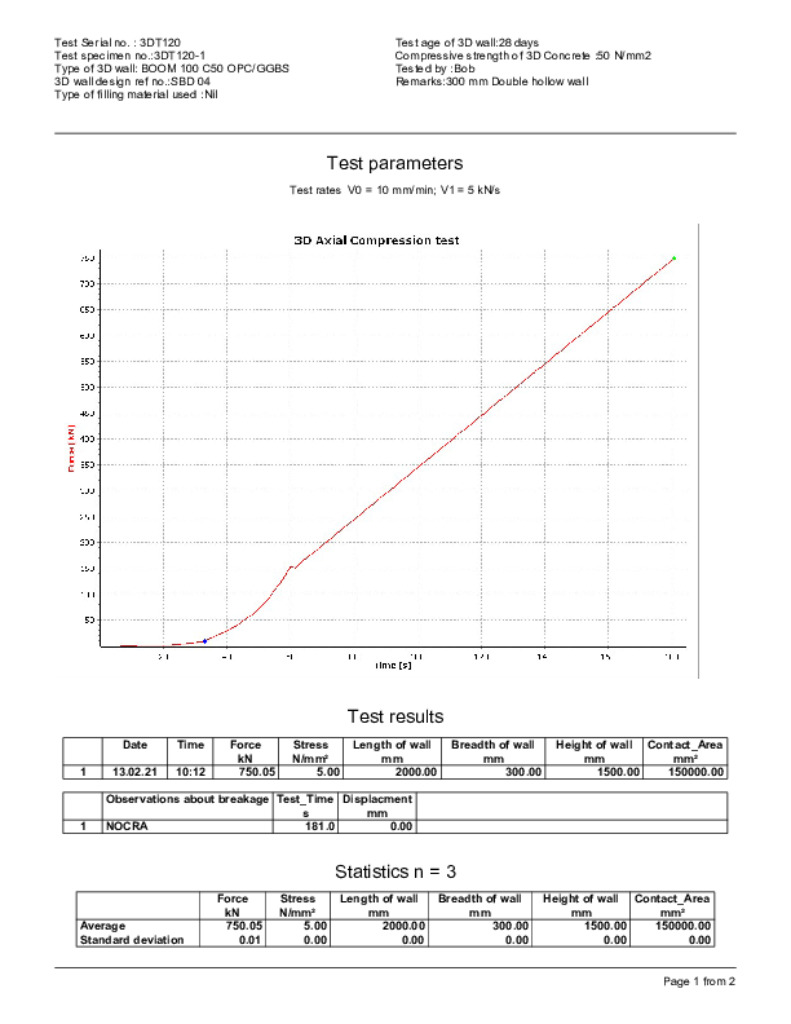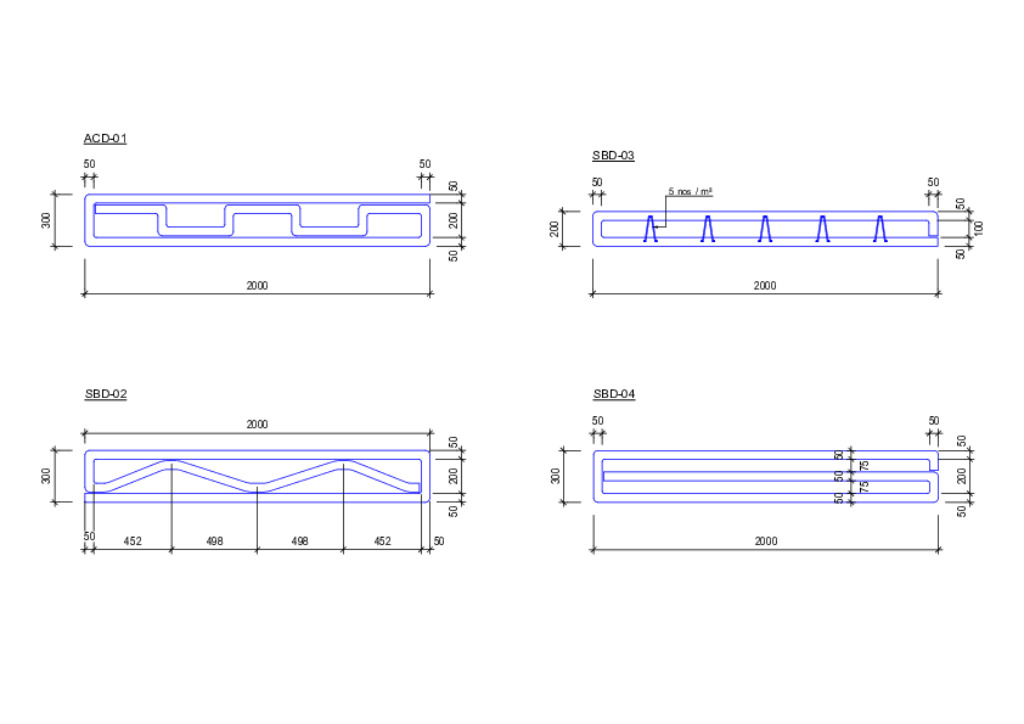3D construction industry is booming all over the world. The technology has got tremendous potential and advantages in the construction of buildings. Lack of norms and standard practices plays a major problem in developing the systems and techniques for the future development. The common construction rules and related standard practices are followed in the development of the 3D construction practices.

Sujith George, MSc., Chemistry
Leading the role as Product Development Manager. His main focus on developing new formulations, mixes and systems for the 3D printing utilizing local and regional raw materials. His expertise comes from the field of dry-mix and precast construction products and systems.
qcm@skybooom.com

Navas, MBA, Operation Management
Leading the role as 3D printing operations team head. Experienced 3D concrete printing expert along with designing and slicing software skills. His process control expertise comes from the precast construction industry.
info@skybooom.com
Skybooom started its operations in 2019 as an independent division to develop products and systems for the 3D construction printing. Their expertise in the construction industry comes with strong presence in the middle east construction industry for more than 25 years. They offered the industry with latest products and technologies like silo system for the dry mortar application, filigree slabs and precast walls, paving stones and insulated blocks etc... to name few of the products and systems. Skybooom started as separate division to focus on developing 3D ink materials and systems in the field of 3D construction printing.
Skybooom already constructed a number of projects in UAE. They have successfully printed complicated structures like inclined walls, walls with height up to 6m, printing walls up to 2m height in one go etc… to name few of the achievements. They also developed a special EPS based cementitious insulation mortar for filling inside the 3D walls to achieve U values of 0.22 W/m2K or better. The insulation mortar is available with machines for the mixing and filling inside the walls. Skybooom products are manufactured in fully automatic state-of-the art manufacturing facility and the raw materials for the mix are harvested locally with minimal environmental impact.One of the main issues we faced in the 3D building construction is the dependency on the traditional practices to build the wall. In order to build a wall still we need to construct columns in the traditional ways to support the ceilings. This plays a major hurdle in the development of 3D building construction. All the major advantages of the 3D printing technology are greatly compromised when it comes to incorporating the columns in the walls to bear the loads.
The approach was to develop the 3D printed walls which in effect take the load of the building and thus avoiding the requirements of traditional concrete columns in the walls. This will give tremendous advantage in the construction and full utilization of the 3D printing technology. This will provide 100% genuine 3D printed walls in the building construction.
In order to conduct the load bearing tests on the walls, Skybooom developed and installed a facility in their R&D facility. The test facility consists of a steel frame which can accommodate the 3D printed walls with height up to 4m, width up to 2m and breadth up to 0.3m. The testing facility and method is developed following the basis of ASTM E 77 (Standard test method of conducting strength test on Panels for building construction) & ASTM C 1717 (Standard test method of conducting strength test of Masonry wall panels). The loading and measuring devices are from the company Testing, Germany. The machine can provide load up to 750 kN as axil compression load. The machine capacity can be increased for higher loads for future developments. The software will provide all details of the testing including maximum load applied, maximum stress, loading rate, loading time etc.. The load is applied on the top of the wall in an area of 1m length in center. A flexible sheet is provided between the lading frame and top surface of the wall for an equal distribution of the axil compression load.The samples are prepared in the facility in special steel base frames, the base frames are equipped with steel stand to hold the sample walls while moving and fixing below the testing frames. The wall samples under testing are prepared in triplicate (3 no’s specimen for each test mix) for accuracy and more reliable results. The wall samples are made initially in 3m height. The wall height is not a deciding factor in axial compression tests, so the wall height is reduced to 1.5m for better handling and easy installation of the test samples. All the three specimens of the trial mixes are printed at the same time to avoid the difference in the preparation. The 3m height walls are printed in two days and 1m height walls are printed in a single day.
Skybooom developed and tested many different mixes form 10 MPa to 50 MPa in compressive strength using different binder and formulations. Good results are obtained with OPC based formulations. Gypsum binders have better advantages in terms of workability and anti-shrinkage but outnumbered by the lack of compressive strength buildup. One of the main problems with OPC rich formulation is the high heat of hydration during the mixing and printing process. This issue is overcome by modifying the mixes with SEM (secondary cementitious materials). Printing trails are conducted in both winter and summer climatic conditions in the UAE. One of the main challenges in the summer being to control the temperature of the wet mixed ink. Skybooom used the insulated silos to keep the material cool during the summertime. Moreover, the temperature of the mixing water is controlled by using chilled water. All these measures are implemented to control the wet mix ink temperature not reaching above 35°C during the mixing and printing.
3D printed wall samples are cured for 28 days before testing under the prevailing atmospheric conditions. After the curing period the sample walls are carefully lifted and moved to the testing frame for the load bearing tests. Once the test for the wall specimen is completed a typical test report will be obtained with all the test sample and test results details.

A large number of samples are made with varying formulations, binder, strength, wall design etc. The test results are combined and evaluated. In general, the load bearing capacity increases with increase in the compressive strength of the 3D ink and its other mechanical properties. The load bearing capacity also increases with the increase in the horizontal cross-section area under the stress. Different wall designs were tested to find the optimum design for the mass scale construction. The main goal was to develop a design with less area and more load bearing capacity to reduce the overall cost and consumption of 3D ink during the actual construction. The aggregates size is kept between 1.0-2.0mm for better processing, workability and finish. The width of the printing layer is kept same as 50mm for all the wall designs. A total of 51 walls are tested for the experiment and test results are summarized.

((TAB)) Test results summery
Three types of failures are observed during the tests:
1) Failure of wall and load
2) Failure of load with crack
3) Only crack
In case of any of these observations in any one of the walls under the test, the test assembly will be considered as failure. A successful completion of the test means the wall assembly should withstand the 750 kN load with any of the above failure observations. All the testing is recorded in video and test results are saved and interpreted with the help of the Testing software.
Conclusion
The 3D ink mixes with 50 MPa compressive strength are found to be behaving as load bearing from the interpretation of test results. This particular mix can be used in designing walls with less columns or even without columns. The mix is cement based and modified using SEM (secondary cementitious materials) for better processing and mechanical properties. The special mix is branded and available in the market as Boom 100C50. The test results and observations from the experiment opens up a window to develop and design building walls without any traditional columns. The concept will provide full utilization of the 3D printing technology to build 100% genuine 3D printed walls and buildings.
The Skybooom R&D will continue to develop load bearing 3D printed walls with better insulation values. The goal will be achieved by avoiding thermal bridging within the wall layers and using advanced insulation materials. The team has already started working on this concept.
